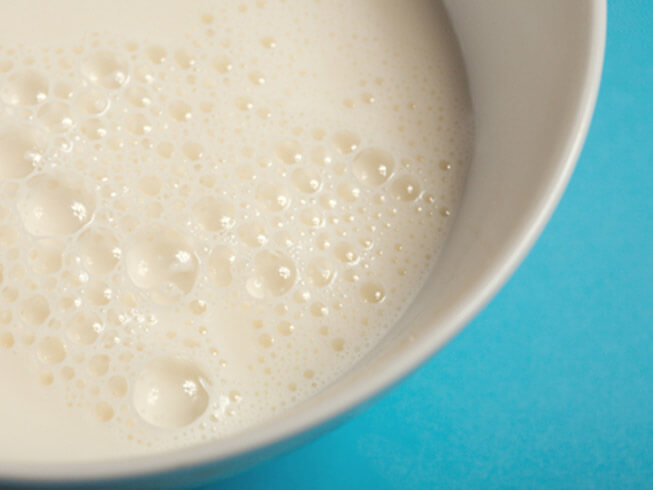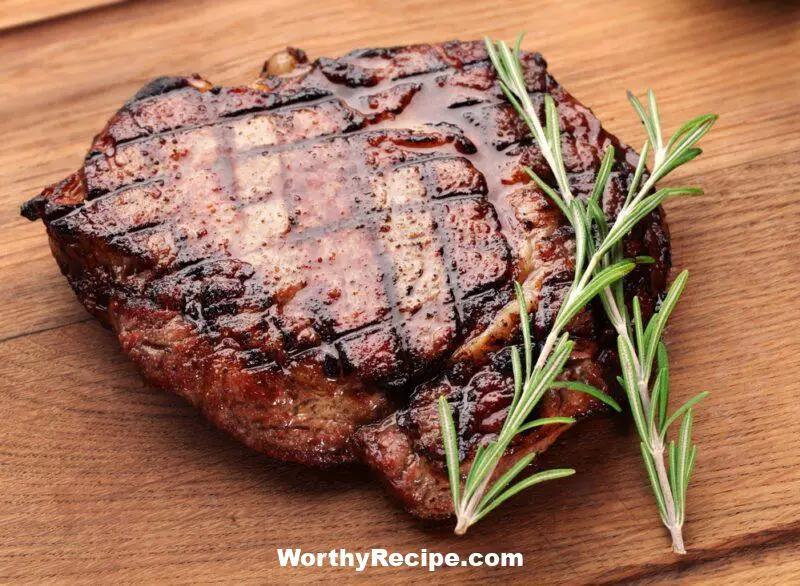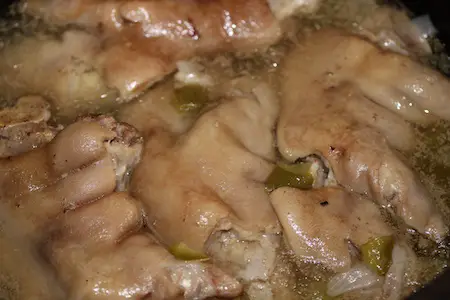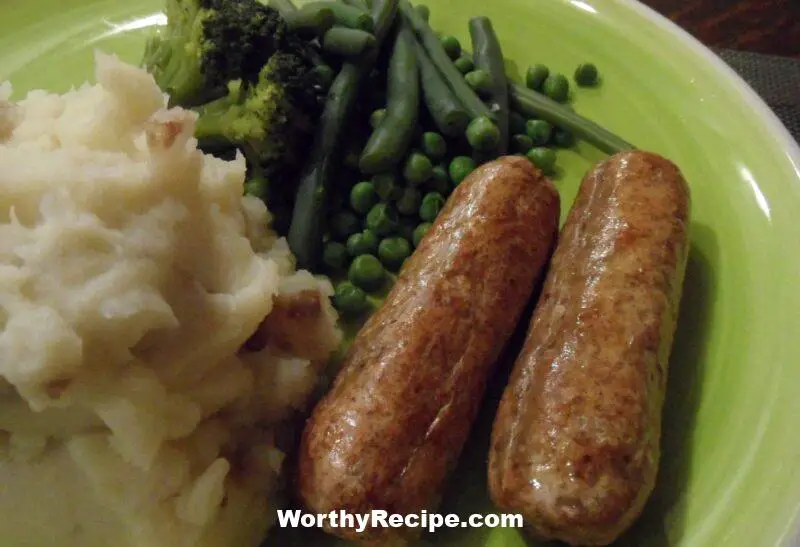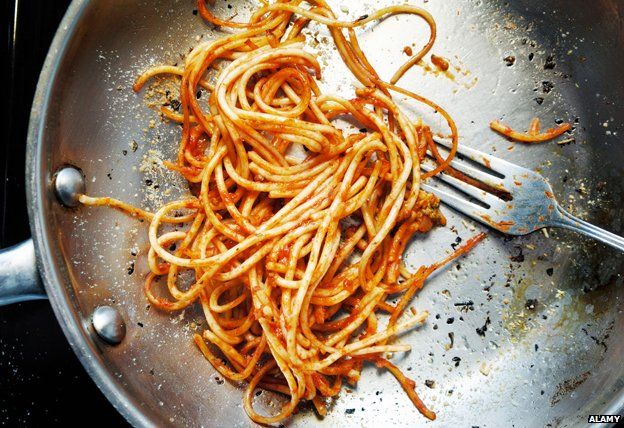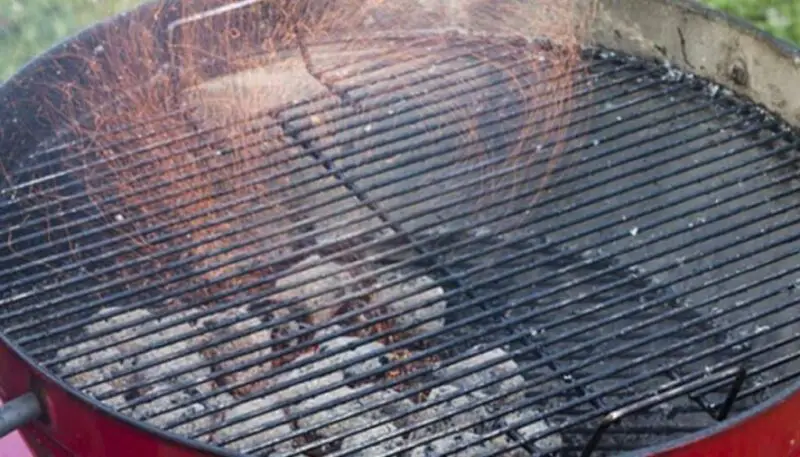Heavy cream is a versatile and widely used ingredient in cooking. Its high fat content and rich flavor make it an ideal ingredient in sauces, soups, and desserts. Boiling heavy cream is a common technique used in many recipes, but understanding the boiling point of heavy cream is crucial for successful cooking.
In this article, we will explore the science behind boiling point, the composition of heavy cream, what happens when heavy cream boils, and the significance of boiling points in cooking with heavy cream. Additionally, we will discuss common mistakes to avoid when boiling heavy cream.
## The Science Behind Boiling Point
Boiling point is the temperature at which a liquid changes from a liquid state to a gas state. It occurs when the vapor pressure of the liquid equals the ambient pressure. In other words, when the pressure exerted on a liquid equals the pressure the liquid exerts on its surroundings due to its own vaporization.
Factors that affect boiling point include pressure, altitude, and solutes present in a liquid. At high altitudes where atmospheric pressure is lower than near sea level, liquids boil at lower temperatures because their vapor pressures build up faster than they would at higher pressures. Conversely, at higher pressures such as those found in pressurized vessels like autoclaves or pressure cookers, liquids have higher boiling points.
Adding solutes to a liquid also affects its boiling point. Solutes such as salt or sugar dissolve in water and form solutions that have higher boiling points because they disrupt intermolecular forces between water molecules increasing their bonding strength.
To calculate the boiling point of a liquid you need to know its atmospheric pressure and look up its boiling point on standard tables for different compounds.
## The Composition of Heavy Cream
Heavy cream is composed of milk fat globules suspended in water with proteins and carbohydrates also present. It typically contains around 36% milk fat by weight compared with whipping cream which only has 30% fat.
The relative content of water, fat, and other components in heavy cream can vary based on the brand and any processing techniques used by the manufacturer. Heavy cream is usually sold in liquid form, but sometimes it is also sold in a semi-solid form called clotted cream which has a higher fat content.
## Boiling Heavy Cream: What Happens and Why?
When heavy cream is heated, several things may happen depending on the temperature reached and cooking duration.
One consequence of heating heavy cream is that its fat globules begin to break down, releasing butterfat into the surrounding liquid. The proteins present in the heavy cream also denature, changing their shape and causing them to coagulate. This solidifies some of the cream in the mixture leading to a thicker consistency.
Temperature is an important factor when boiling heavy cream as heating it to high temperatures can impact its taste, texture, and its role in recipes. Too much heat can result in burnt flavors or an unpleasant texture, as well as affecting how ingredients interact with each other chemically.
When heated at high temperatures, heavy cream may change color due to caramelization of its sugar components. This process leads to browning and a nutty flavor caused by Maillard reactions between amino acids present in proteins and reducing sugars such as glucose or fructose.
## Significance of Boiling Point in Cooking with Heavy Cream
Boiling point plays an essential role in cooking with heavy cream. Properly controlling temperature while boiling heavy cream allows for a uniformly cooked mixture that retains optimal flavor and consistency. Heavy cream should not be boiled vigorously as it scorches easily due to its high protein component creating a burnt taste that cannot be rectified.
Some cooking methods do require the use of high temperatures such as those used when caramelizing sugar or whipping meringue. Being familiar with the boiling points of different types of creams can help you avoid scorching or curdling your creation. When cooking with heavy cream, it’s important to avoid heating it too rapidly or boiling it for long periods.
## Boiling Points for Different Types and Brands of Heavy Cream
Several varieties of heavy cream exist, including whipping cream, double cream, and ultra-pasteurized cream, all of which have different boiling points due to their various structures. For instance, whipping cream is a low-fat variety of heavy cream with a boiling point lower than that of other high-fat creams.
Moreover, different brands of heavy cream may have varying boiling points. Factors such as how the cream is processed, additives or preservatives inclusion in the formulation process, and original sources influence the boiling point.
## Other Ways to Use or Heat Heavy Cream Without Boiling It
There are other ways to use heavy cream without necessarily boiling it. One method is simmering which involves heating up but not boiling a mixture. Simmering heats the mixture gently allowing the flavors to blend without burning.
Cold uses for heavy cream involve whipping it into whipped cream using a whisk or hand mixer which can be served as toppings for cakes and pies or mixed with fruits salads and desserts. Additionally, pastry filling such as custard comes from heating up milk and/or heavy cream at low temperatures making light and fluffy dessert recipes.
## Common Mistakes When Boiling Heavy Cream
Common mistakes to avoid when boiling heavy cream include overheating it and not stirring the mixture enough while cooking. Overheating may result in some parts of the mixture becoming burnt before others reach the desired temperature leading to an unpalatable taste before eventual curdling.
Stirring helps ensure that heat is distributed evenly throughout the mixture resulting in a uniform texture and mouthfeel.
## Conclusion
Boiling point plays an important role in cooking with heavy cream. Understanding how boiling point relates to temperature control helps you select proper cooking methods preventing spoilage, flavor loss, texture changes among other detrimental outcomes when preparing recipes using heavy cream. By knowing the boiling points of various heavy creams and processing techniques, cooks can avoid errors leading to unsatisfactory final products.
Frequently Asked Questions
FAQ 1: Why is the boiling point of heavy cream important to know?
Knowing the boiling point of heavy cream is important for various reasons. When making certain dishes that require the cream to be heated, it’s important to avoid boiling it too long as this can lead to curdling and ruining the taste and texture of your recipe. Additionally, understanding the boiling point aids in creating perfectly whipped cream for topping desserts or coffee drinks.
FAQ 2: What is the boiling point of heavy cream?
The boiling point of heavy cream is around 180°F (82°C). However, this can vary slightly based on different factors such as altitude, humidity and impurities in the cream. Therefore, it’s always recommended to use a thermometer to accurately measure the temperature of your cream.
FAQ 3: What are some dishes that require heated heavy cream?
Many recipes call for heating heavy cream including sauces such as Alfredo sauce or béchamel sauce, soups like creamy tomato soup or lobster bisque, and some baked goods like custards or cheesecakes. Knowing the boiling point of this dairy product can help ensure that your dish turns out perfectly without any unintended texture changes.
FAQ 4: What are some tips for heating heavy cream properly?
To heat heavy cream properly, you’ll need a pot or saucepan with a thick bottom to prevent scorching. Heat the pan over medium heat and add your heavy cream while stirring occasionally. Use a thermometer to keep an eye on the temperature, removing it from heat as soon as it reaches 180°F (82°C). If you are using it in a recipe that calls for adding it to other ingredients, allow it to cool for several minutes before proceeding.
